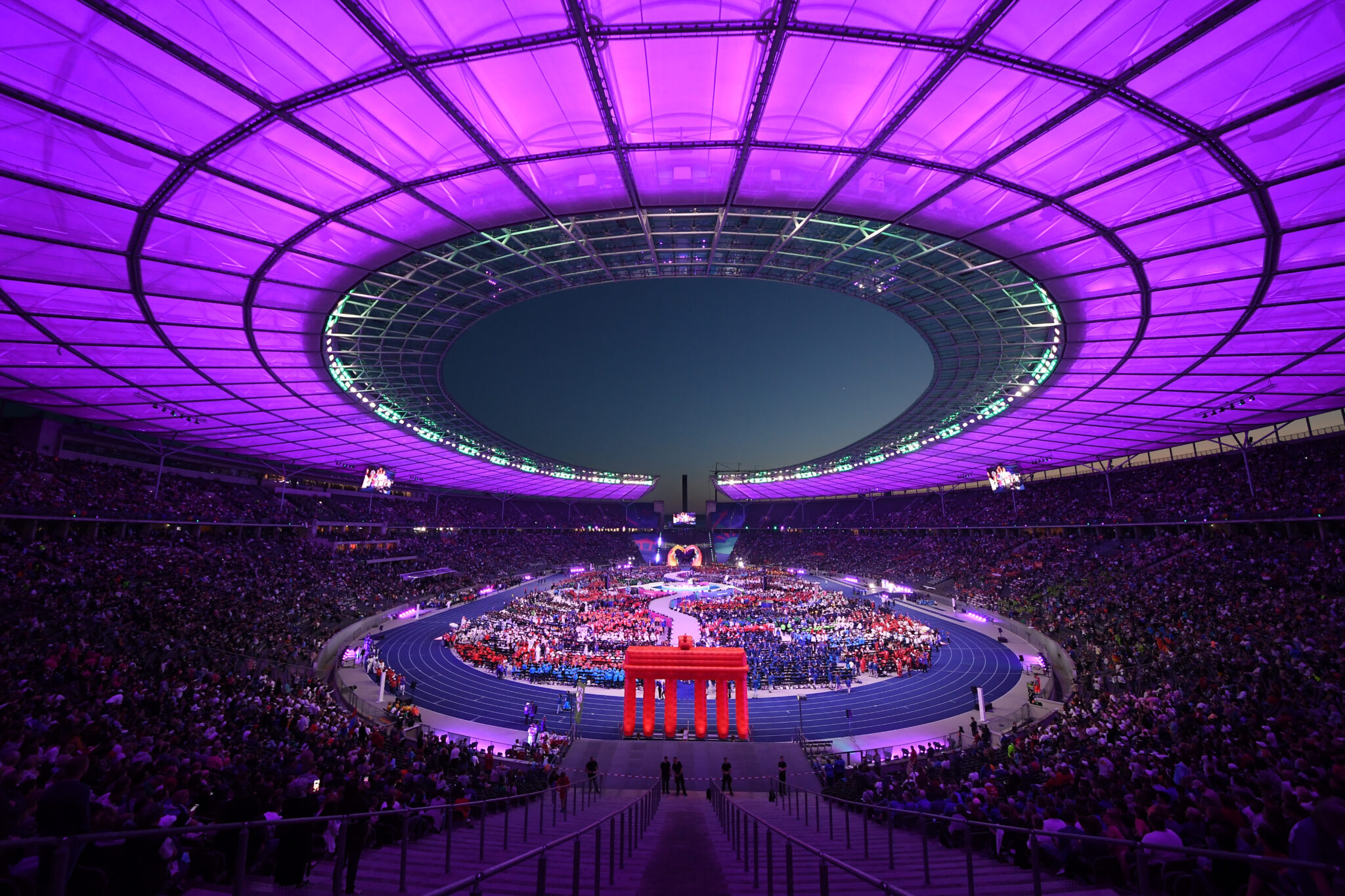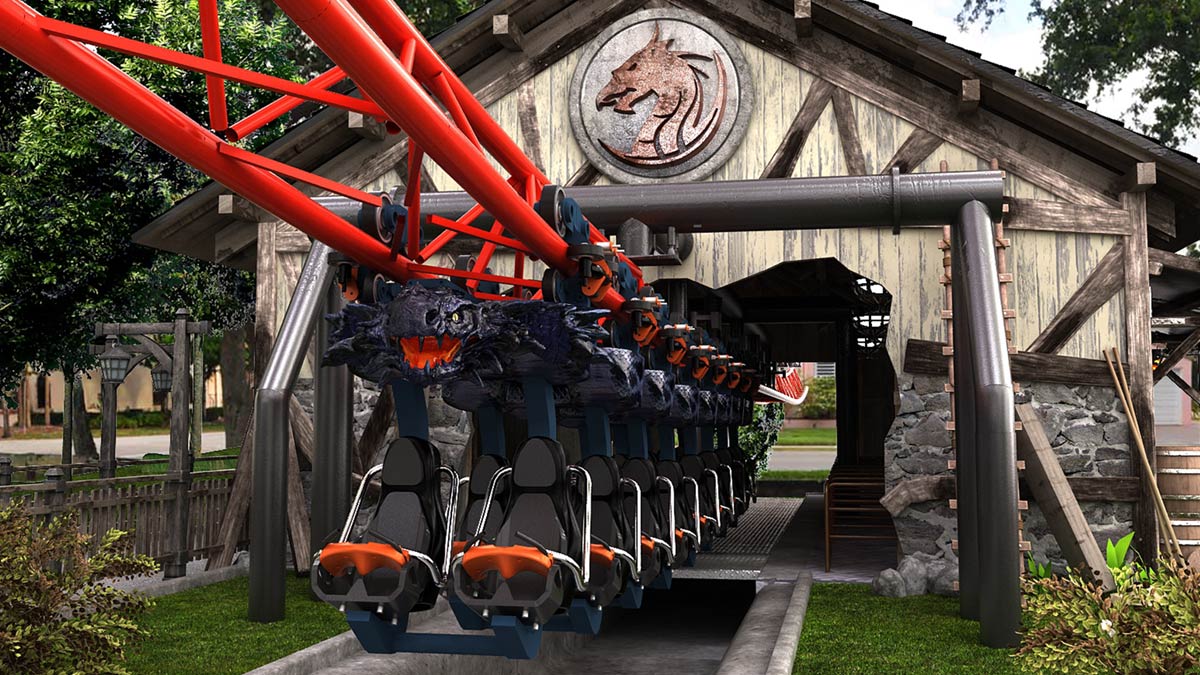
Save the Rhino
Rhinos’ prehistoric and strong appearance has fascinated men for centuries and even elephants are weary of their physical power. Yet, only five rhino species survive today: the white rhino (Ceratotherium simum) and the black rhino (Diceros bicornis) in Africa; and the Indian or Greater one-horned rhino (Rhinoceros unicornis), the Javan rhino (Rhinoceros sondaicus) and the Sumatran rhino (Dicerorhinus sumatrensis) in Asia. All five of these species are currently threatened.

Poaching statistics in Africa between 2006 and 2017 (c) Save the Rhino International
The Parques Reunidos Foundation collaborates with Save The Rhino International, an internationa organization working restlessly to protect all rhino species and prevent their extinction.
¿WHAT IS SAVE THE RHINO?
Everything began when to rhino lovers, Dave Stirling and Johnny Roberts, travelled to Africa to raise funds to stop rhino poaching activities. The moment was critical: between 1970 and 1993 hunting for black rhino was out of control, so much so that, at a certain point, there were only 2,475 black rhinos left in the world.

Three white rhinos. (c) Save the Rhino International
After their trip and due to what they had seen and learnt about conservation, those two friends created Save the Rhino with the objective of seeing all 5 rhino species that still exist (black, white, Indian, Javan and Sumatran) would thrive in the wild for future generations. To achieve this goal, they set out to work hand in hand with their partners to support all threatened rhinos in Africa and Asia.
RHINOS WHO RUN MARATHONS
After creating Save the Rhino, Stirling and Roberts found some unconditional allies. Gerald Scarfe, a theatrical costume designer, had created a rhino costume for a musical adaptation of the play Rhinoceros, by Eugène Ionesco. One of the actors in the musical , William Todd-Jones – who has also worked in films like The Hitchhiker’s Guide to the Galaxy, Harry Potter and the Order of the Phoenix o The Neverending Story – had heard about Save the Rhino and wanted to donate the rhino costumes.
Stirling and Roberts not only accepted the donation, but they also challenged Todd-Jones to participate in the London Marathon with them wearing the costumes to raise funds for Save the Rhino’s cause. Since them, the race has become a tradition among Save the Rhino members and the organization has gone from owning having two costumes to owning twelve. The costumes are icons of Save the Rhino; thanks to them the organization has raised up to 2 million pounds by running marathons and participating in different raices across Africa in the rhino costumes. At present there is even a waiting list to borrow the costumes for the London Marathon!
AN EXHAUSTIVE AND MULTIDISCIPLINARY WORK
In just over 20 years, Save the Rhino has established its activities in 6 countries in Africa and 2 in Asia where it carries out different conservation and awareness programs about the threats faced by all five rhino species present in these continents.
Among the Save the Rhino projects, many of which are supported by the Parques Reunidos Foundation the ones that focus on monitoring against poaching, providing uniforms para los for rangers at the national parks, rangers training programs, and improving the facilities where they live and work, should be highlighted.
KENYA

Rangers and dog units tracking poachers, Kenya (c) Save the Rhino International
- Protection and conservation of OI Jogi Conservancy and ranger trainning.
- Creation of a financial assistance fund for the Association of Private Rhino Sanctuaries to cover all veterinary assitance costs, as well as those related to inteligence services to track and arrest poachers.
- Trainning courses for intelligence services to detect poaching practices.
- Development of ranger teams and dog units at Borana Conservancy.
- Protection of the last trully wild rhino populations through Big Life Foundation.
TANZANIA
- Development of and environmental education program for local communities at Rafiki wa Faru.
ZAMBIA

Environmental Education Program at Lolesha Luangwa, Zambia (c) Tristan Vince
- Financial support to the North Luangwa conservation program to buy vehicles, hire rangersimprove facilities and train surveillance teams.
- Contributing to the Lolesha Luangwa Education Program with school supplies and hired teachers for 21 schools.
ZIMBABWE
- Supply of vehicles for veterinarians, payment of coaches salaries and creating awareness among local populations through Lowveld Rhino Trust.
NAMIBIA
- Financial support to buy vehicles and to cover the personnel and operations costa at the Save The Rhino Trust, as well as support to field work since the 1990s.
- Collaboration with the Namibian Ministry of Environment and Tourism to translocate threatened rhinos.
SOUTH AFRICA

White rhino, Hluhluwe-iMfolozi Park, South Africa (c) Save the Rhino International
- Helping providing rangers with equipment and supporting them in high risk work situations in the uMkhuze Game Reserve
- Financing the special equipment against poaching at the Hluhluwe-iMfolozi Park
- Providing financial support to create and train dog tracking teams
VIETNAM

Awareness raising in Vietnam to reduce the high demand of rhino horns. (c) Education for Nature-Vietnam
- Supporting Education for Nature-Vietnam in spreading their awareness campaigns.
- Developing their own awareness campaigns through TRAFFIC Vietnam about poaching and rhino horn trafficking.
INDONESIA
- Covering costs at the Sumatran Rhino Sanctuary and creating a breeding facility.
- Helping rangers at The Rhino Protection Unit program, which is active at many Indonesian national parks.
- Forestal cleaning of Arenga palm trees, an invassive species which is taking over the Javan forest, and working to restore Javan rhino populations at the Javan Rhino Study and Conservation Area.
Recent entries
-
“Batman Gotham City Escape”: This Year’s Next Big Thing and the Star of the Summer in Madrid

-
Delivering memorable experiences to future generations: Sustainability at Parques Reunidos

-
Our German parks’ initiative to support Special Olympic World Games 2023

-
New roller coaster ‘Storm’ becomes TusenFryd Park’s latest addition


